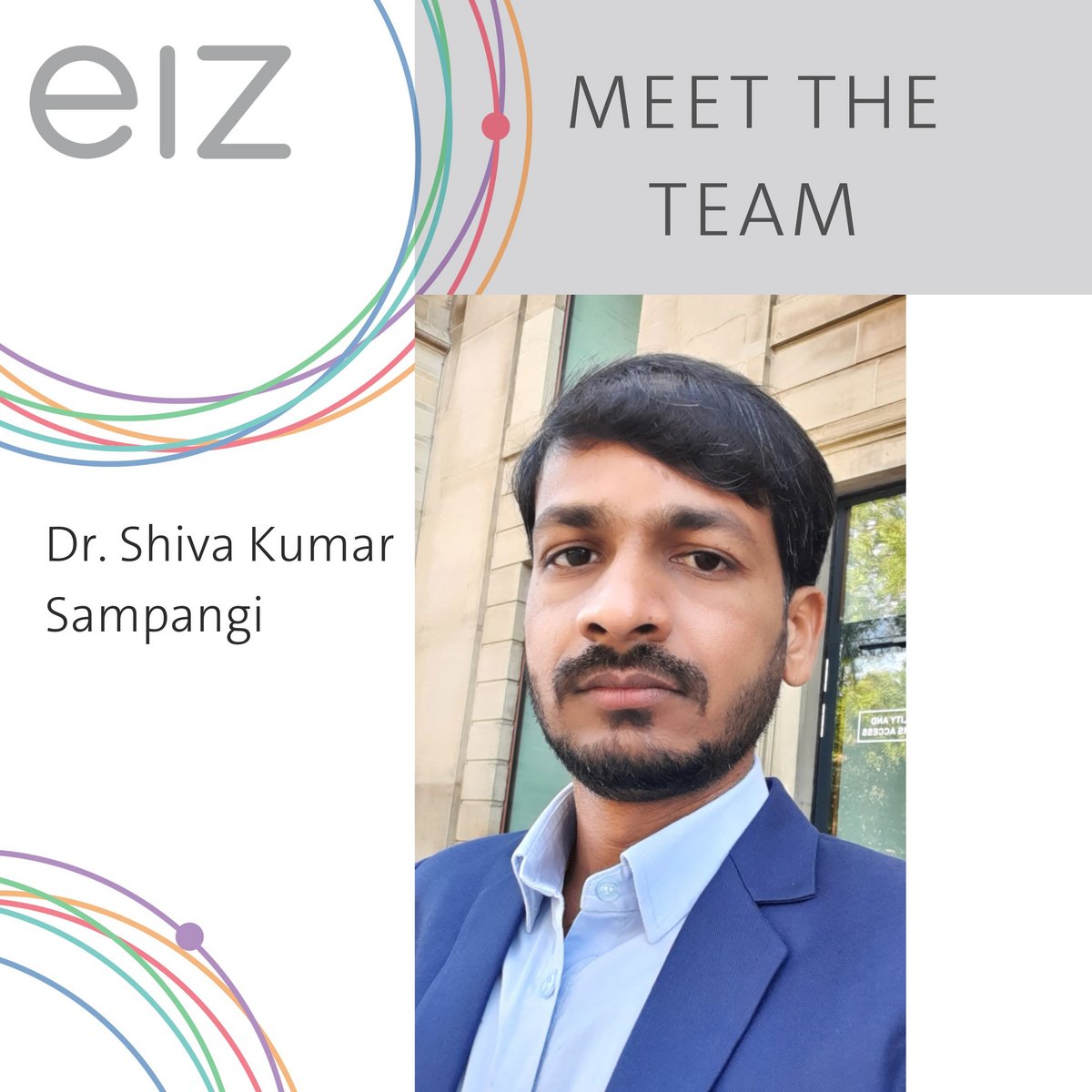Meet the Team
Dr. Shiva Kumar Sampangi completed his PhD in Chemistry from Jawaharlal Nehru Technological University, Hyderabad, India, specializing in electrochemical water splitting/water electrolysis. Following completion of his PhD, he gained substantial industrial experience, serving as Deputy Manager and Team Lead for Hydrogen Projects at Axis Energy Ventures India Ltd. Furthermore, he acquired international postdoctoral research experience at the Ulsan National Institute of Science and Technology, South Korea, in the field of electrolysis. Since July 2023, Dr. Sampangi has been working as the Group Leader of the Young Investigator Group (YIG) at the Chair of Thermal Energy Technology within the Energy Storage and Conversion (ESC) Lab, part of the Energy Innovation Centre. His research is dedicated to advancing anion exchange membrane water electrolysis systems to enable flexible and efficient hydrogen production.
- What topics are the researchers in your group working on?
Our research group is dedicated to advancing low-temperature water electrolysis technologies, with a primary focus on anion exchange membrane (AEM) electrolysis for hydrogen production and renewable energy integration. Our work encompasses the development of novel noble metal-free electrocatalysts, membrane electrode assemblies, gas diffusion layers, and the design of electrolyzer stacks up to the kilowatt range. Furthermore, the scope of research within the Young Investigator Group (YIG) includes the development of a comprehensive electrochemical multi-physical model for the AEM electrolysis cells and stacks, aimed at predicting and validating real-time experimental data.
2. How does this research contribute to advancing the energy transition?
Our research on advancing low-temperature water electrolysis for hydrogen production plays a crucial role in the broader context of the energy transition and decarbonization. This work is vital in addressing the challenges associated with the transition to a sustainable energy landscape. By facilitating the production of green hydrogen through AEM water electrolysis and optimizing the integration of renewable energy sources, our research significantly contributes to the development of a sustainable, resilient, and low-carbon energy future. Continued progress in this field will support global efforts to mitigate climate change and accelerate the transition toward a more sustainable and equitable energy system.
3. Lusatia is undergoing change. What is your personal vision for Lusatia in 2050, what do you wish for the future development of this region?
Lusatia, a region that has experienced significant challenges due to industrial decline, particularly in coal mining, holds immense potential for a vibrant and sustainable future. The transition from a coal-dependent region to a dynamic and resilient community will necessitate the integration of renewable energy sources, such as green hydrogen, for industrial applications. By embracing innovative energy solutions and fostering sustainable development, Lusatia can position itself as a model for future regional transformation, contributing to both environmental sustainability and economic revitalization.
4. What makes working at BTU special for you?
Working at BTU is particularly special due to its interdisciplinary research groups, commitment to sustainability, and strong emphasis on community engagement. The university fosters a supportive research environment that not only promotes personal and professional development but also enables meaningful contributions to societal progress. These factors combine to create a dynamic and rewarding workplace where innovation and collaboration thrive.
5. What are your personal highlights in Cottbus? What should you definitely try out when you are here?
Cottbus is a vibrant city with a rich cultural heritage and stunning natural landscapes. Some of my notable highlights include:
- Cottbus City Center: The city center offers a dynamic blend of historical and modern architecture, along with a range of shopping centers, cafes, and cultural venues, making it a lively area to explore.
- Branitz Park: A visit to Branitz Park is highly recommended. It is renowned for its beautifully landscaped gardens and serene walking paths, offering a peaceful sanctuary within the city.
Thank you, Shiva, for the interview and all the best for your research work!
Contact us
Thermische Energietechnik
T +49 (0) 355 69-2095
ShivaKumar.Sampangi(at)b-tu.de

